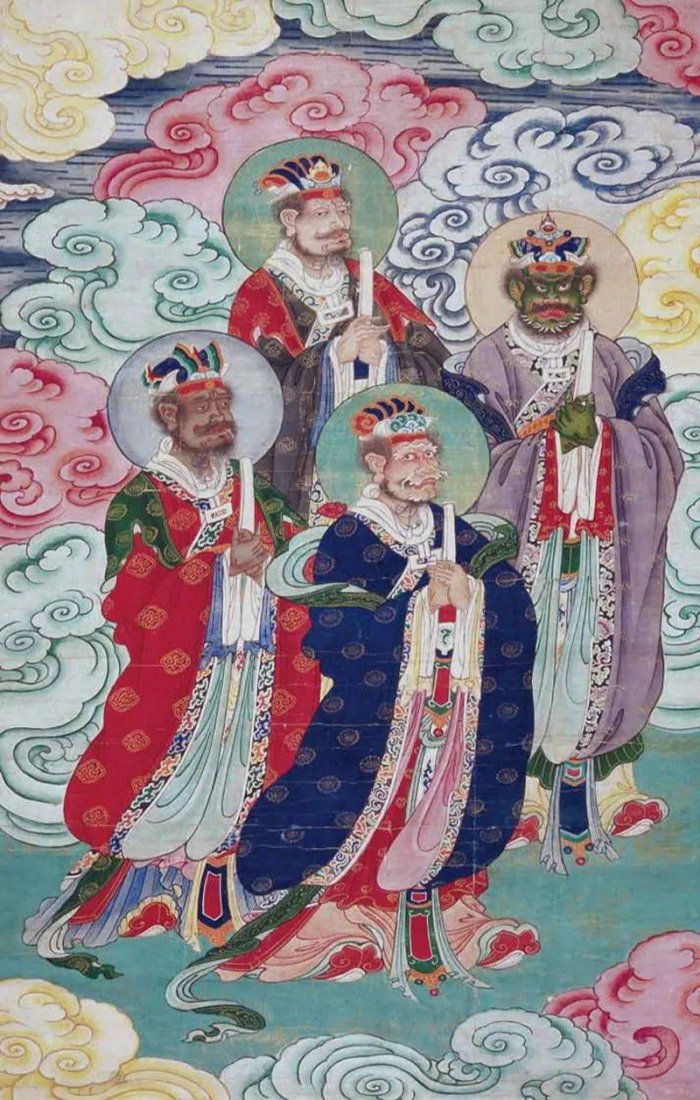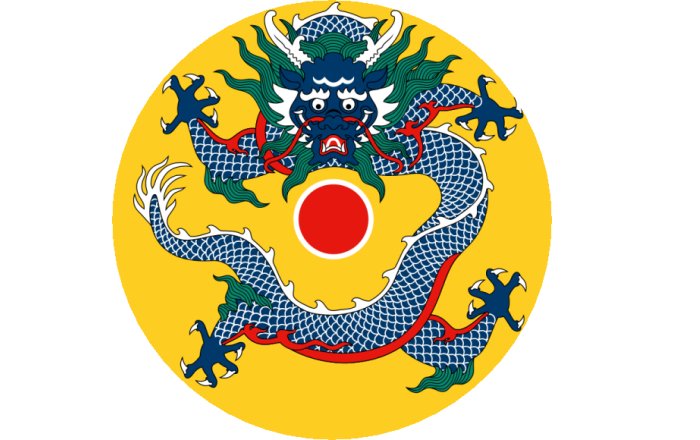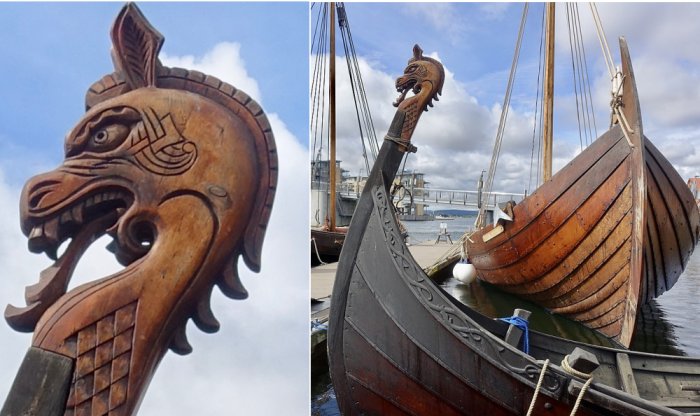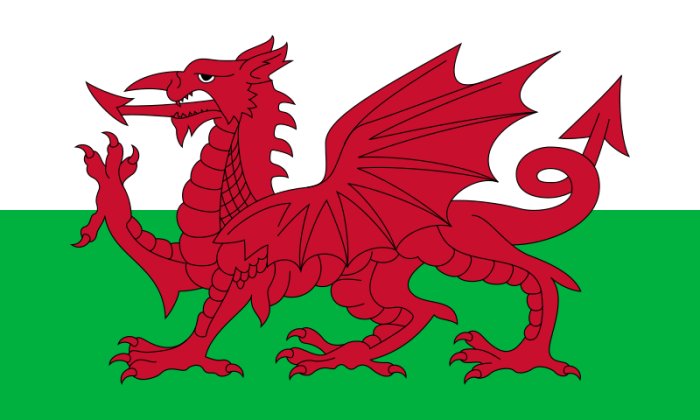Dragons And Dragon Kings In Ancient Mythology
A. Sutherland - AncientPages.com - We encounter dragons in almost every ancient world culture. Dragons played an essential role in the beliefs of our ancestors and were depicted in various ways.
Four Seas Dragon King. Credits: Unknown (Qing Dynasty) - Public Domain
Dragons can be placed in East and West groups, regarded as either good or very fearsome and evil creatures.
Dragons in Ancient Chinese Mythology
In ancient China, the dragon was a highly significant creature that became a symbol of the Emperor, and his throne was sometimes called the Dragon Throne. Ancient Chinese believed dragons were in control of the weather and water. These creatures were said to be able to manipulate oceans, floods, tornadoes, and storms.
There are nine distinctive Chinese dragons; some are serpent-like creatures with large bodies and long heads. The dragon in China is a benign creature that is said to bring wisdom, power, and luck. They are famous for their goodness, warding off evil, protecting the innocent, and ensuring safety.
Tradition and celebration of New Year in China can be traced to a dragon named Nien (or "year").
The Traditional Rounded Chinese Dragon is usually seen on imperial buildings, official uniforms, and coins. The design dated back to Tang Dynasty (7th-8th century). Please also note this is not the emblem of the Qing dynasty. Image credit: Sodacan - CC BY-SA 4.0
Nien was a legendary wild beast that attacked people at the end of the old year. Villagers would use loud noises and bright lights to scare the creature away, a practice that slowly morphed into the Chinese New Year festivities. Today the dragon has its year on the Chinese calendar.
Dragons In British And Scandinavian Mythology
Dragons were often depicted as wingless creatures in the British Isles and Scandinavia. In this part of the world, depictions of the dragon tended to show a malevolent creature that was very difficult to kill.
The West dragon was wingless, lived in dark places or wells, and guarded hoard treasures. Approaching the dragon was almost impossible because of its poisonous fire breath.
Dragons in British and Scandinavian mythology often appear in stories when a prince tries to save a young maiden from being abducted by a fearsome animal. If he can slay the dragon, he can become the new King and win the girl as his bride.
Dragon Kings In Chinese Mythology
In ancient Chinese mythology, we encounter five enormous dragon kings who were rainmakers and rulers of the waters.
Four of them were stationed at the cardinal points and ruled the seas. Their chief had his abode in the middle. The five dragon kings were named Lung Wang.
The dragon kings of China lived in crystal palaces under the sea. Their underwater dwellings were part of the mysterious Underworld that could only be reached through underground mountain caves and special secret entrances. When the Water Dragons rose to the surface, they caused typhoons, and when they flew through the air caused heavy rain and hurricanes. The Dragon Kings are among the deified forces of nature of the Taoist religion.
Dragon's Head As A Viking Symbol
A dragon's head was one of the most famous symbols of the Vikings. The Viking dragon was, in many ways, a representation of the Midgard Serpent, a mythical sea creature who fought with the Norse god Thor.
Many ships were equipped with carved dragon heads on top of the stem, while the stern often was shaped like a dragon's tail.
Vikings built ships with huge dragonheads because they wanted to appear as frightening as possible from a long distance.
Prows of viking ships and medieval boats moored to the pier in the harbour of the small city of Tønsberg, Norway: "Saga Oseberg", a 2012 built full scale replica of the "Oseberg Ship", a Viking ship from about AD 820 discovered in a burial mound near Tønsberg, with the prow ending in a spiral shaped serpent's head "Saga Farmann", a 2018 built reconstrucion of the "Klåstadskipet" ship from about AD 820 "Sæheimr", built 2016, inspired by the "Fjørtoftbåten" boat from about AD 860, decorated with a dragon's head on the fore stem. Image credit: Wolfmann - CC BY-SA 4.0 - The photograph was taken in August 2019. - more.
Vikings called their longships "Drakkar" or dragon ships, and the dragon was a powerful and fearsome symbol of war.
The Pendragons Of Wales
Many have seen the Welsh flag features a red dragon and that the Prince of Wales uses rampant dragons on his banner.
Flag of Wales. Image credit: Unknown - Public Domain
The old British word "draig" means dragon (and warrior or ‘leader,’ while the "pen" meant head. The two words combined form Pendragon or Pen Draig, a noble surname in early Britain as early as the fifth century. The dragon symbol continued to be used by the last native Welsh princes of Wales, Llewelyn ap Gruffydd and Owain Glyndwr, during their struggles against English occupation in the 14th and 15th centuries.
The Pendragon name in Welsh literature includes Uther Pendragon, father of the legendary King Arthur.
Ancient And Modern Superstitions About Dragons
In ancient times, there were also many superstitions about the dragon; surprisingly, some persist even today.
It was, for example, believed that the blood of the dragon held unique properties that could give a person the power to see into the future. On the other hand, it was also said that if a knight dipped the tip of his sword into the dragon's blood and stabbed you with it, the wound would never heal.
Dragon teeth were thought to bring good luck to those who possessed them.
The dragon has survived as a powerful symbol in many parts of the world.
Written by – A. Sutherland AncientPages.com Staff Writer
Updated on Apr 1, 2024
Copyright © AncientPages.com All rights reserved. This material may not be published, broadcast, rewritten or redistributed in whole or part without the express written permission of AncientPages.com
Expand for referencesDoug Niles - Dragons: The Myths, Legends, and Lore
Carol Rose - Giants, Monsters, and Dragons: An Encyclopedia of Folklore, Legend, and Myth
More From Ancient Pages
-
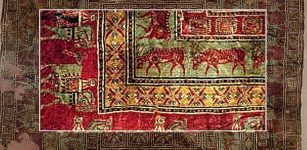 Pazyryk Carpet Found In Scythian Tomb Considered The Oldest Carpet In The World
Artifacts | Oct 5, 2016
Pazyryk Carpet Found In Scythian Tomb Considered The Oldest Carpet In The World
Artifacts | Oct 5, 2016 -
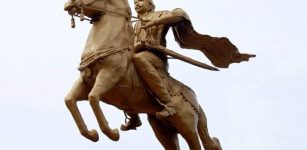 Powerful Chola Rulers Of Southern India: Patrons Of Architecture, Art And Literature
Civilizations | May 4, 2017
Powerful Chola Rulers Of Southern India: Patrons Of Architecture, Art And Literature
Civilizations | May 4, 2017 -
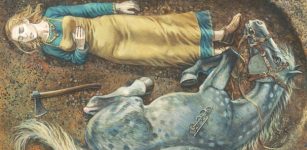 Vikings Cared Deeply For Their Animal Companions – Shared Human And Horse Burials Reveal
Featured Stories | Aug 3, 2023
Vikings Cared Deeply For Their Animal Companions – Shared Human And Horse Burials Reveal
Featured Stories | Aug 3, 2023 -
 Ancient Irrigation System Could Boost Water Availability In Peru
Archaeology | Jun 26, 2019
Ancient Irrigation System Could Boost Water Availability In Peru
Archaeology | Jun 26, 2019 -
 Tracing Footsteps Of Giants In Africa – Obscure Past Of Mzoura Stones
Civilizations | Oct 18, 2015
Tracing Footsteps Of Giants In Africa – Obscure Past Of Mzoura Stones
Civilizations | Oct 18, 2015 -
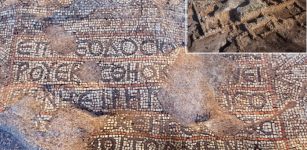 2700-Year-Old Farmhouse, Byzantine Monastery With Silver Coins And Colorful Mosaics Unearthed In Rosh Ha-‘Ayin, Israel
Archaeology | Dec 31, 2015
2700-Year-Old Farmhouse, Byzantine Monastery With Silver Coins And Colorful Mosaics Unearthed In Rosh Ha-‘Ayin, Israel
Archaeology | Dec 31, 2015 -
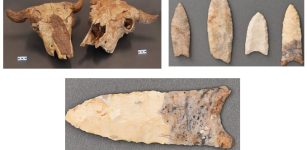 Digesta: An Overlooked Source Of Ice Age Carbs
Archaeology | Apr 24, 2023
Digesta: An Overlooked Source Of Ice Age Carbs
Archaeology | Apr 24, 2023 -
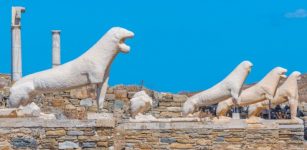 Archaic Marble Lions On The Sacred Island Of Delos
Artifacts | Feb 27, 2021
Archaic Marble Lions On The Sacred Island Of Delos
Artifacts | Feb 27, 2021 -
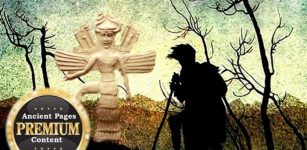 Ancient Flying Canoes And Magic In The Pacific – Arrival Of Strange People – Part 1
Featured Stories | Jan 28, 2020
Ancient Flying Canoes And Magic In The Pacific – Arrival Of Strange People – Part 1
Featured Stories | Jan 28, 2020 -
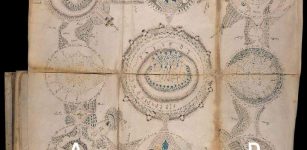 Bristol Academic Cracks Voynich Code – Century-Old Mystery Solved
Archaeology | May 15, 2019
Bristol Academic Cracks Voynich Code – Century-Old Mystery Solved
Archaeology | May 15, 2019 -
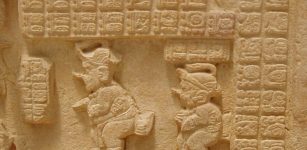 Alux: Little Mythical Troublemaker And Guardian Of Corn Fields In Mayan Folklore
Featured Stories | Jun 11, 2019
Alux: Little Mythical Troublemaker And Guardian Of Corn Fields In Mayan Folklore
Featured Stories | Jun 11, 2019 -
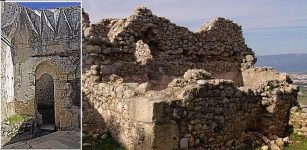 7th Century Old Cistern Among Recent Finds In Medieval City Of Beçin, Turkey
Archaeology | Aug 21, 2020
7th Century Old Cistern Among Recent Finds In Medieval City Of Beçin, Turkey
Archaeology | Aug 21, 2020 -
 7,000-Year-Old Unique Artifacts Discovered Under Melting Ice In Canada
Archaeology | Nov 30, 2023
7,000-Year-Old Unique Artifacts Discovered Under Melting Ice In Canada
Archaeology | Nov 30, 2023 -
 Spectacular 2,500 Years Old Shwedagon Pagoda In Myanmar – World’s Oldest Pagoda
Featured Stories | Oct 18, 2018
Spectacular 2,500 Years Old Shwedagon Pagoda In Myanmar – World’s Oldest Pagoda
Featured Stories | Oct 18, 2018 -
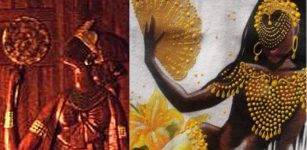 Oshun Goddess Of Yoruba People Who Brings All Things That Make Life Worth Living
African Mythology | Mar 29, 2019
Oshun Goddess Of Yoruba People Who Brings All Things That Make Life Worth Living
African Mythology | Mar 29, 2019 -
 Neanderthals Hunted Dangerous Cave Lions In Eurasia – New Study Shows
Archaeology | Oct 12, 2023
Neanderthals Hunted Dangerous Cave Lions In Eurasia – New Study Shows
Archaeology | Oct 12, 2023 -
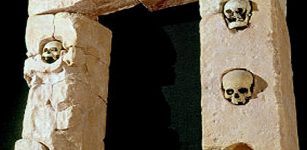 Ancient Cult Of Human Skulls And Communication With The Other World
Ancient Traditions And Customs | Mar 21, 2019
Ancient Cult Of Human Skulls And Communication With The Other World
Ancient Traditions And Customs | Mar 21, 2019 -
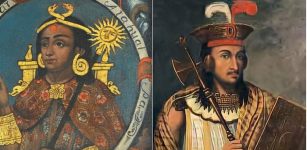 Mystery Of The Lost Golden Chain Of Huayna Capac: Will The Ancient Inca Treasure Ever Be Found?
Artifacts | Dec 30, 2020
Mystery Of The Lost Golden Chain Of Huayna Capac: Will The Ancient Inca Treasure Ever Be Found?
Artifacts | Dec 30, 2020 -
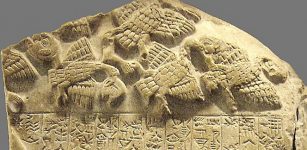 Sumerian Stele Of The Vultures: Oldest Known Historical Records Carved On Limestone
Featured Stories | Sep 1, 2016
Sumerian Stele Of The Vultures: Oldest Known Historical Records Carved On Limestone
Featured Stories | Sep 1, 2016 -
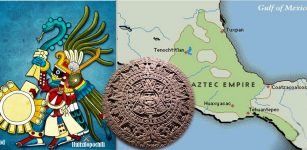 Why The Aztecs Called Themselves ‘Mexica’
Ancient History Facts | Jan 13, 2018
Why The Aztecs Called Themselves ‘Mexica’
Ancient History Facts | Jan 13, 2018

